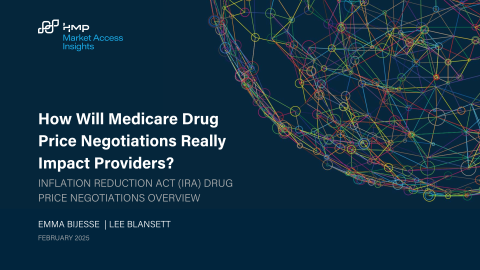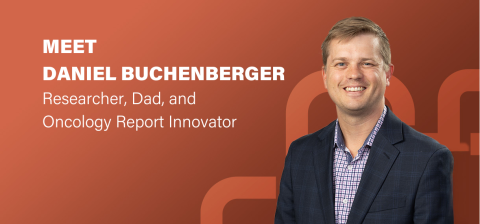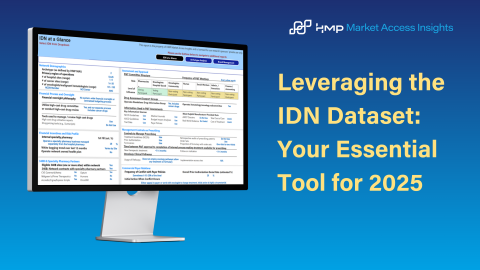

Article
3 Ways Manufacturers Can Drive Communication with Oncologists
February 10, 2025Authors
Topics
Through our ongoing research and recent attendance at the Binaytara Foundation’s Hematology Oncology Conference in Sacramento, we've uncovered a persistent challenge: manufacturers are still falling short with coordinated provider engagement strategies.
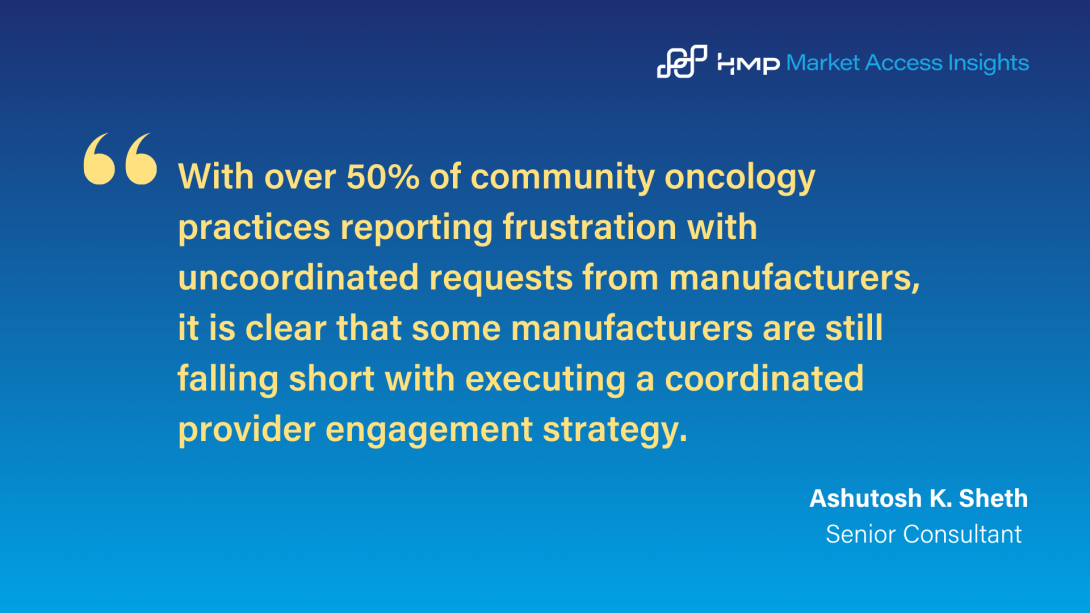
When multiple representatives from a manufacturer engage in uncoordinated messaging directed towards the same set of oncologists about their brands’ indications, something in the system isn’t working. This isn't a hypothetical—it’s a reality facing community oncology practices across the country, and it's creating a growing communication gap between manufacturers and providers.
Through our ongoing engagement with manufacturers and oncologists, including attending the Binaytara Foundation's Hematology Oncology Conference last month in Sacramento, it’s clear that some manufacturers are struggling to execute coordinated provider engagement strategies.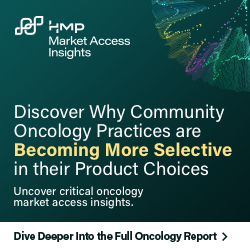
In particular, there continues to be a practice of limited above brand level coordination between manufacturer representatives in a single territory covering the same practices. The numbers tell a concerning story, as our 2024 Community Oncology Report revealed that providers have continued dissatisfaction over manufacturer communications, with over 50% of community oncology practices reporting frustration with uncoordinated requests from manufacturers.
Our ongoing conversations with manufacturers have revealed 3 different approaches among representatives for addressing these frustrations, each with varying levels of success:
- Status Quo Maintenance (Most Common): Several representatives took the approach that uncoordinated provider communication will continue, with one representative asserting that “physicians can always block e-mails if they don’t want to hear anything from us.”
- Brand Level Adjustment (Less Common): A couple representatives mentioned that they crafted deliberate and customized messages, and they coordinated email timing to be offset from communication sent out by colleagues assigned to other brands. This, paired with a reduced e-mail blast rate, led them to obtain “the lowest block rates in the company.”
- Above Brand Coordination (Least Common): One representative mentioned that they had meetings with all brand representatives in a territory to coordinate messaging and visit timing. This open communication allowed them to share key developments.
In addition to coordinating messaging, manufacturers may be able to overcome these provider frustrations by providing relevant and timely information. The 2024 Community Oncology Report illustrates that providers are most likely to engage with information on new treatments, new clinical data on existing treatments, and demonstrations of clinically complex treatments (Figure 1).
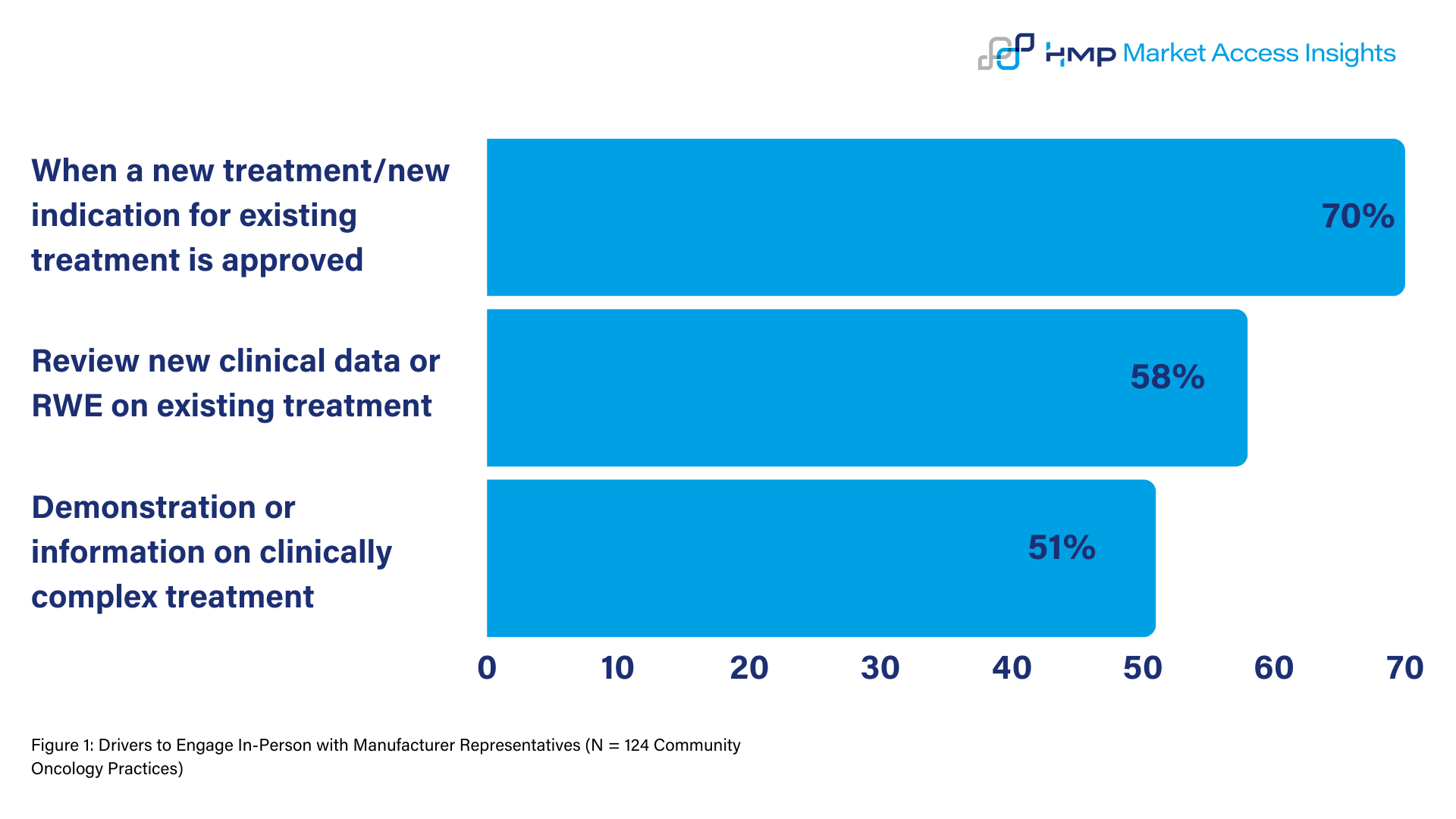
Manufacturers looking to strengthen engagement with providers should consider coordinating messaging and communications (particularly by region or account) across brands and tailoring discussion topics to relevant clinical data and treatment demonstrations.
For more information on provider engagement tactics, keep an eye out for our 2025 Community Oncology Report and take a look at our insights from last year.
Have questions? Contact the author, Ashutosh Sheth: asheth@hmpglobal.com.
The Latest
Article
Thought Leadership Whitepaper: How Will Medicare Drug Price Negotiations Really Impact Providers?
As manufacturers prepare for Medicare drug price negotiations, a critical question emerges: How will your provider engagement strategy evolve when Maximum Fair Prices (MFP) take effect in 2026?
Emma BijesseArticle
Meet Dan: Researcher, Dad, and Oncology Report Innovator
At HMP Market Access Insights, we’re lucky to have a team of experts dedicated to uncovering meaningful insights in the oncology space. One of those experts is Dan, whose work is shaping how we approach community oncology research.
Daniel BuchenbergerArticle
Leveraging the IDN Dataset: Your Essential Tool for 2025
As IDNs face increasing complexity in oncology management, having a strategic approach backed by actionable insights is critical. Our dataset doesn’t just offer data—it equips your teams with the tools to anticipate challenges and seize opportunities.
Emma Bijesse



